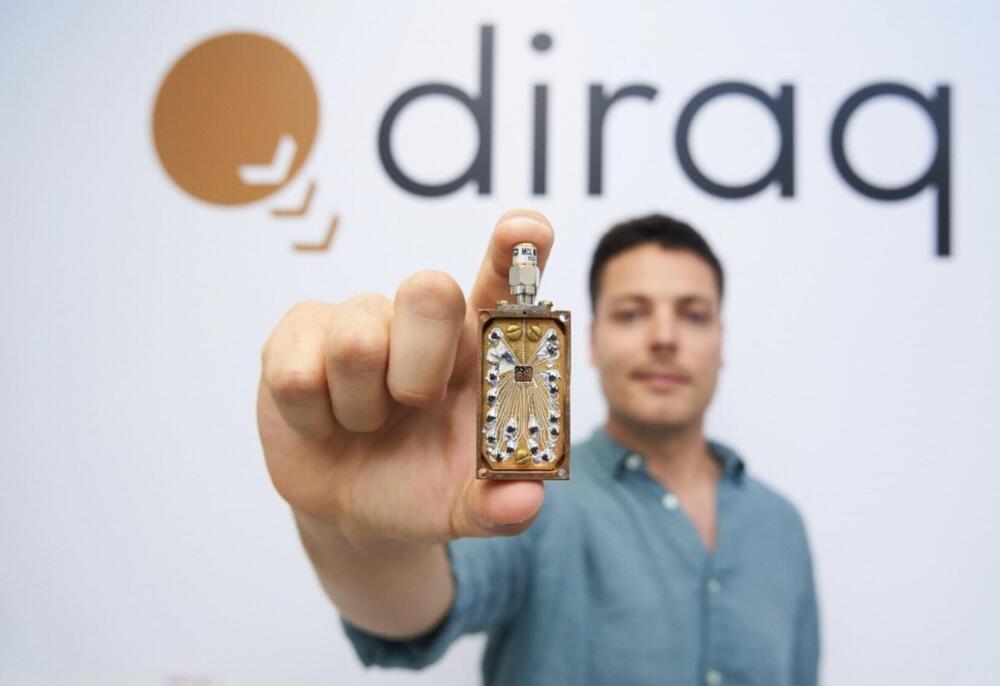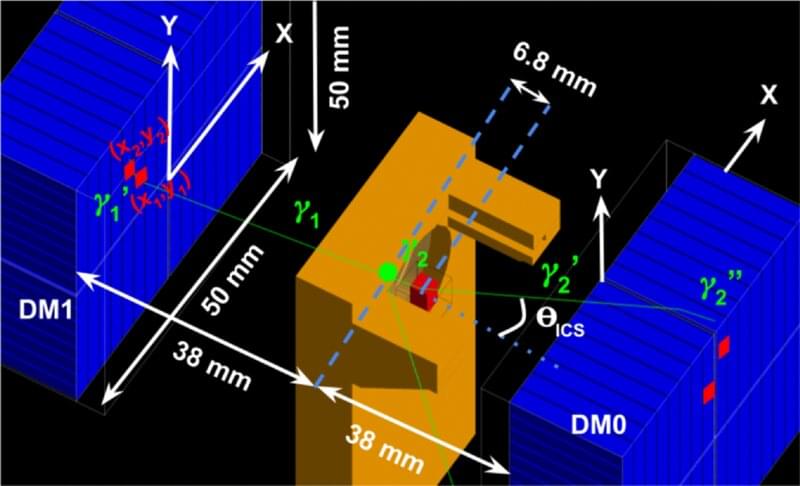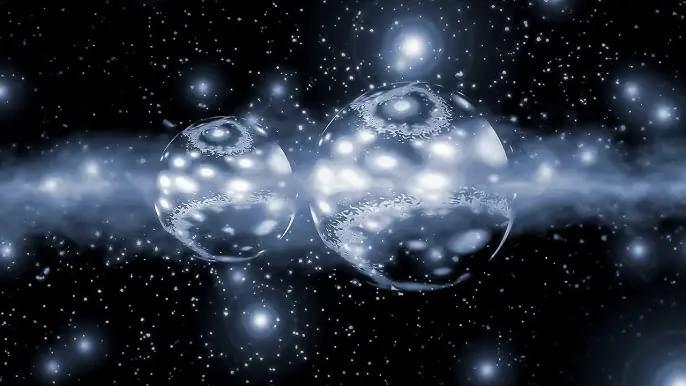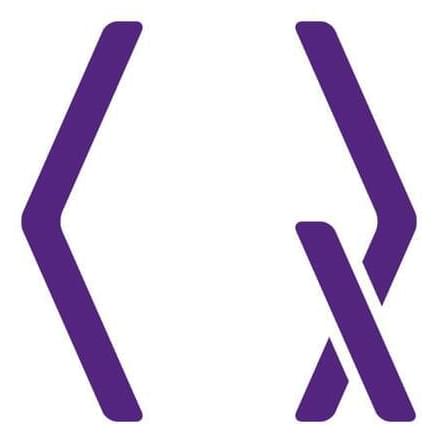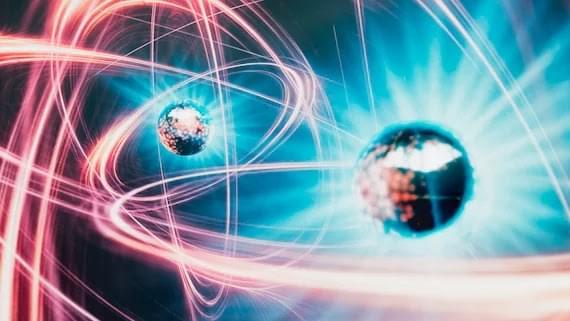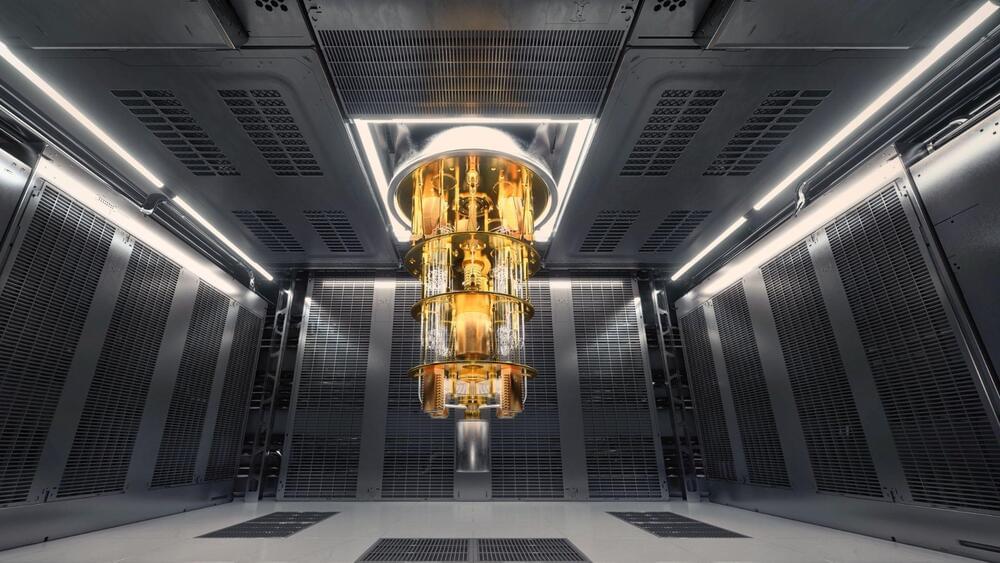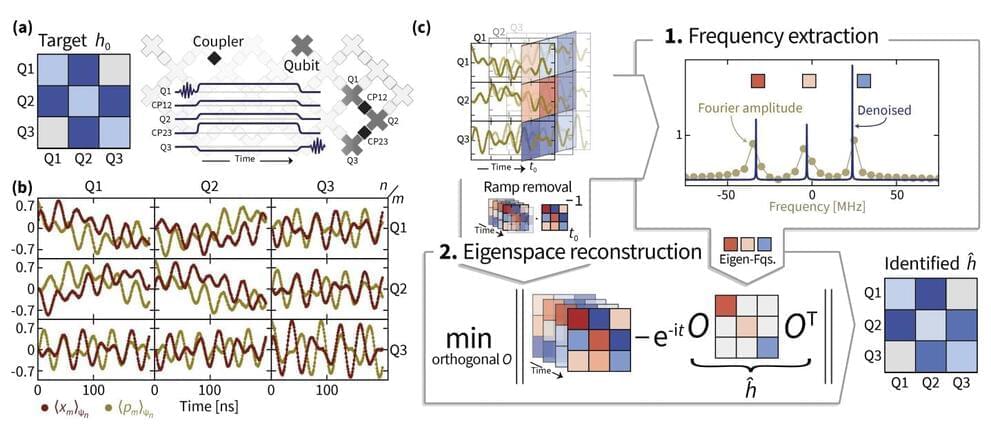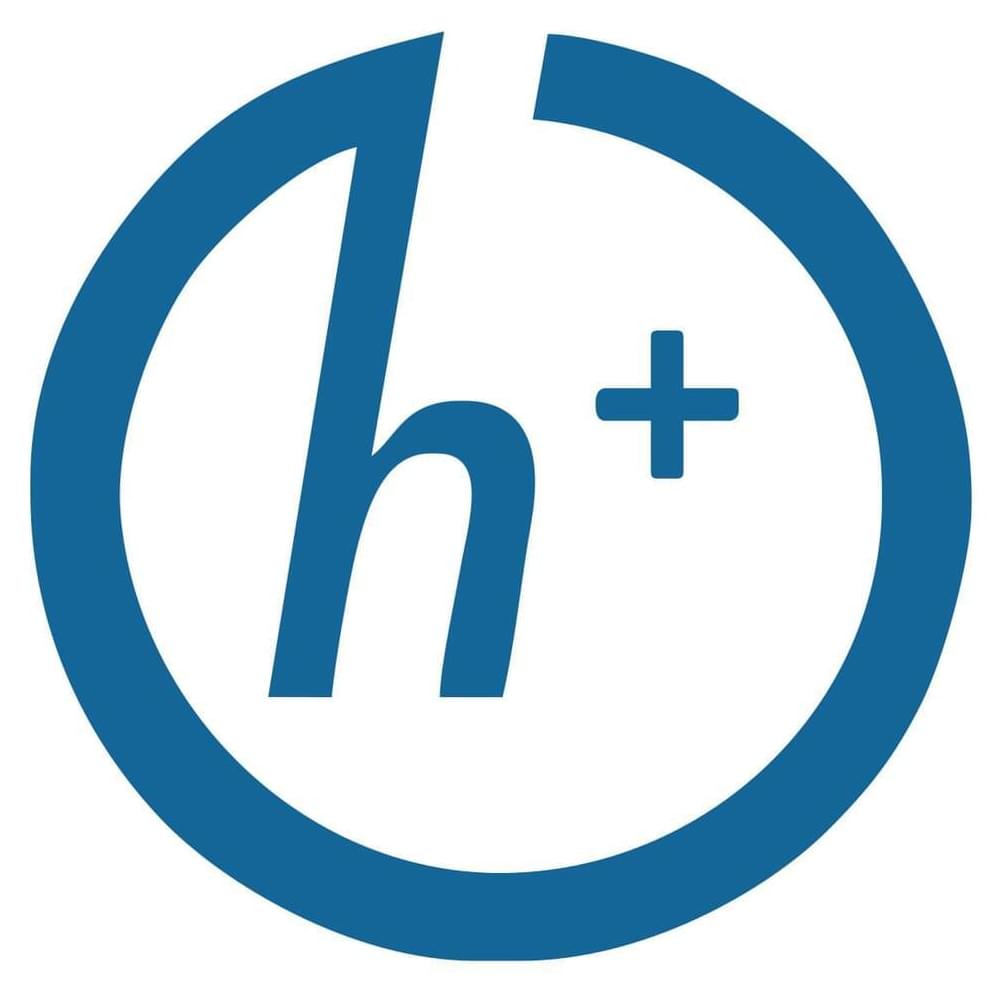Oct 15, 2024
Study explores the physical origin of errors in a spin qubit processor
Posted by Saúl Morales Rodriguéz in categories: computing, quantum physics
To achieve remarkable performances, quantum computing systems based on multiple qubits must attain high-fidelity entanglement between their underlying qubits. Past studies have shown that solid-state quantum platforms—quantum computing systems based on solid materials—are highly prone to errors, which can adversely impact the coherence between qubits and their overall performance.
